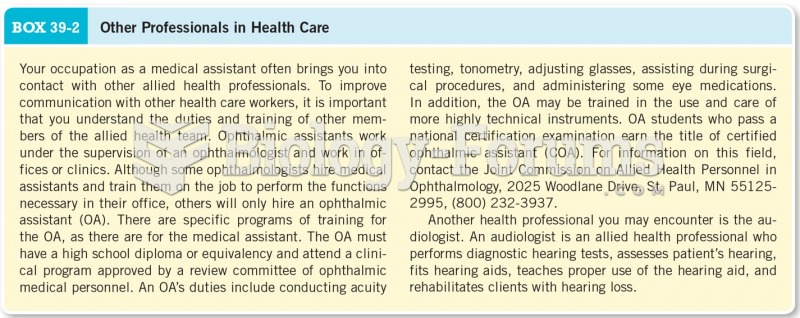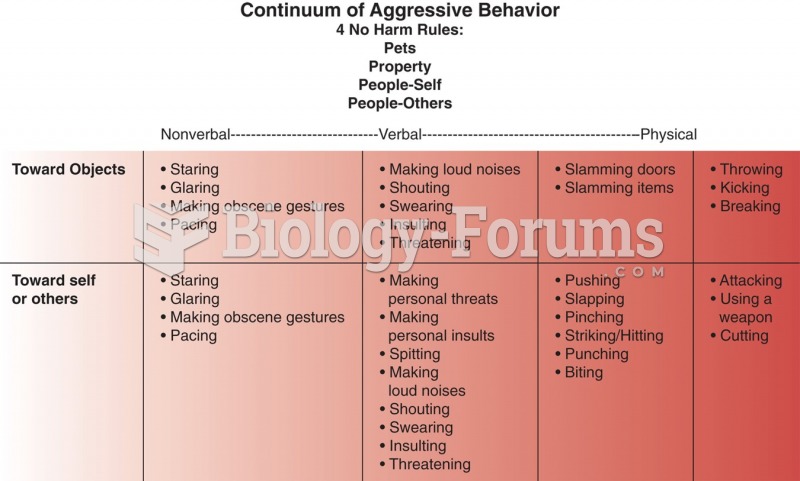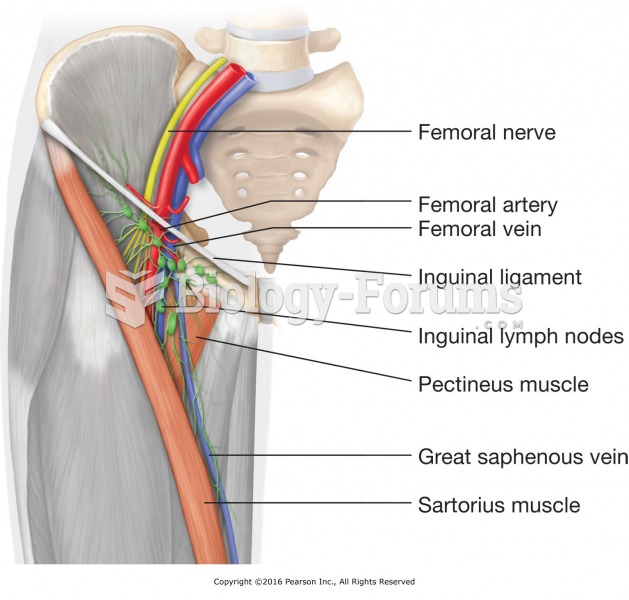|
|
|
Signs of depression include feeling sad most of the time for 2 weeks or longer; loss of interest in things normally enjoyed; lack of energy; sleep and appetite disturbances; weight changes; feelings of hopelessness, helplessness, or worthlessness; an inability to make decisions; and thoughts of death and suicide.
Opium has influenced much of the world's most popular literature. The following authors were all opium users, of varying degrees: Lewis Carroll, Charles, Dickens, Arthur Conan Doyle, and Oscar Wilde.
Earwax has antimicrobial properties that reduce the viability of bacteria and fungus in the human ear.
The people with the highest levels of LDL are Mexican American males and non-Hispanic black females.
The longest a person has survived after a heart transplant is 24 years.







